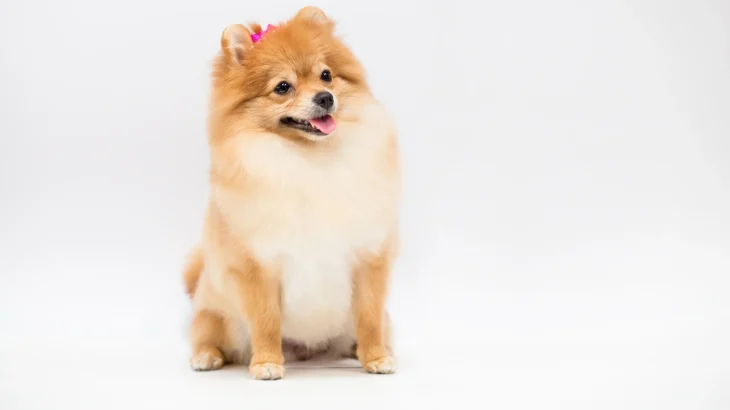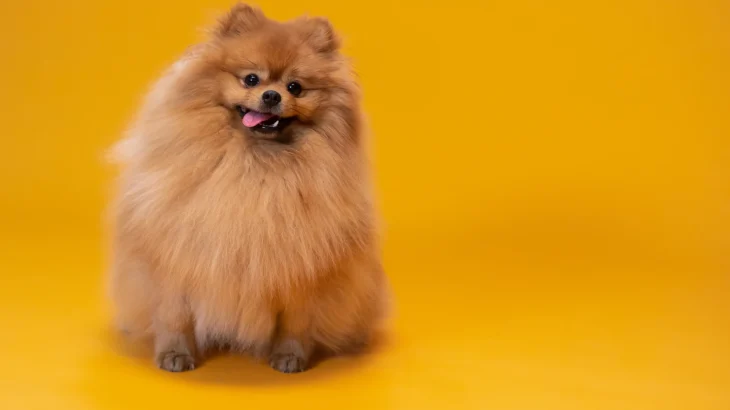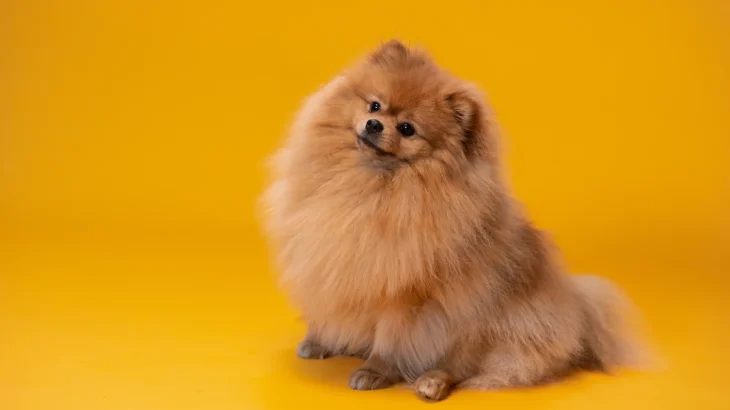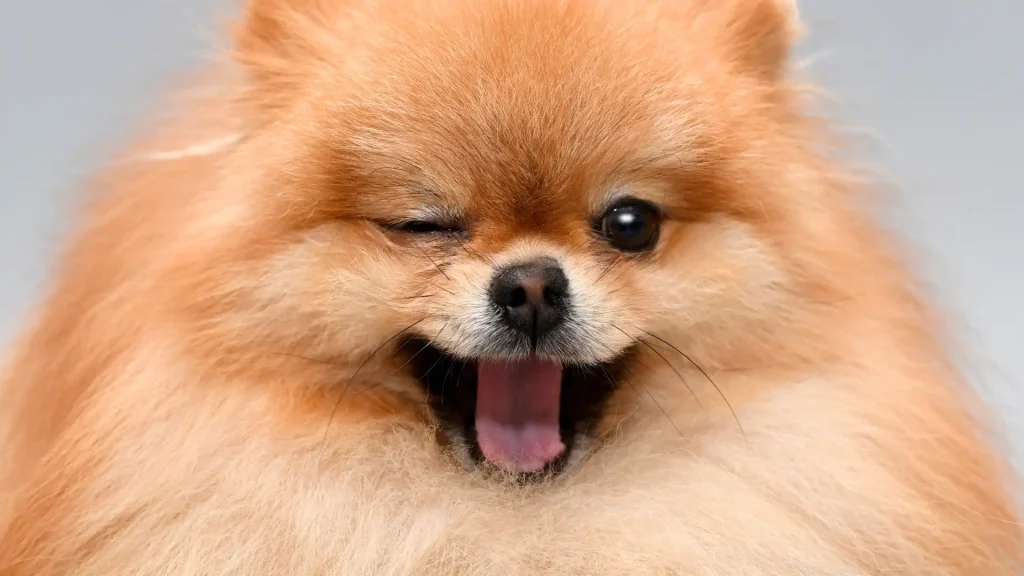When deciding to welcome a Pomeranian puppy into your life, you can choose between adopting from a rescue or buying from a reputable breeder. Each option offers different benefits related to health knowledge, cost, and ethical considerations, especially given the breed's popularity and potential health issues.
Adoption vs. Breeder: Pros & Cons
| Criteria | Buying from Breeder | Adopting from Shelter/Rescue |
|---|---|---|
| Cost | Generally higher, often $1,000 or more, reflecting breed purity and care standards. | Lower fees, usually from $50 to a few hundred dollars; often includes vaccinations and spaying/neutering. |
| Health History | Detailed genetic and health screening; breeders often follow standards to reduce disorders. | Health history may be limited or unknown, but many rescues conduct thorough vet checks. |
| Age Availability | Mostly puppies, allowing early bonding and training. | Varies widely; adult Pomeranians are more common than puppies. |
| Temperament Insight | Breeders can provide lineage traits; more predictability in personality. | Rescue staff share behavior based on observation but less family history is available. |
| Supporting Practices | Supports responsible breeding programs; important to vet breeder ethics. | Supports animal welfare by giving homes to dogs in need and reducing shelter crowding. |
| Risk of Genetic Disorders | Lower with reputable breeders who do screening; varies with breed popularity. | Unknown or potentially higher due to lack of full background. |




















































